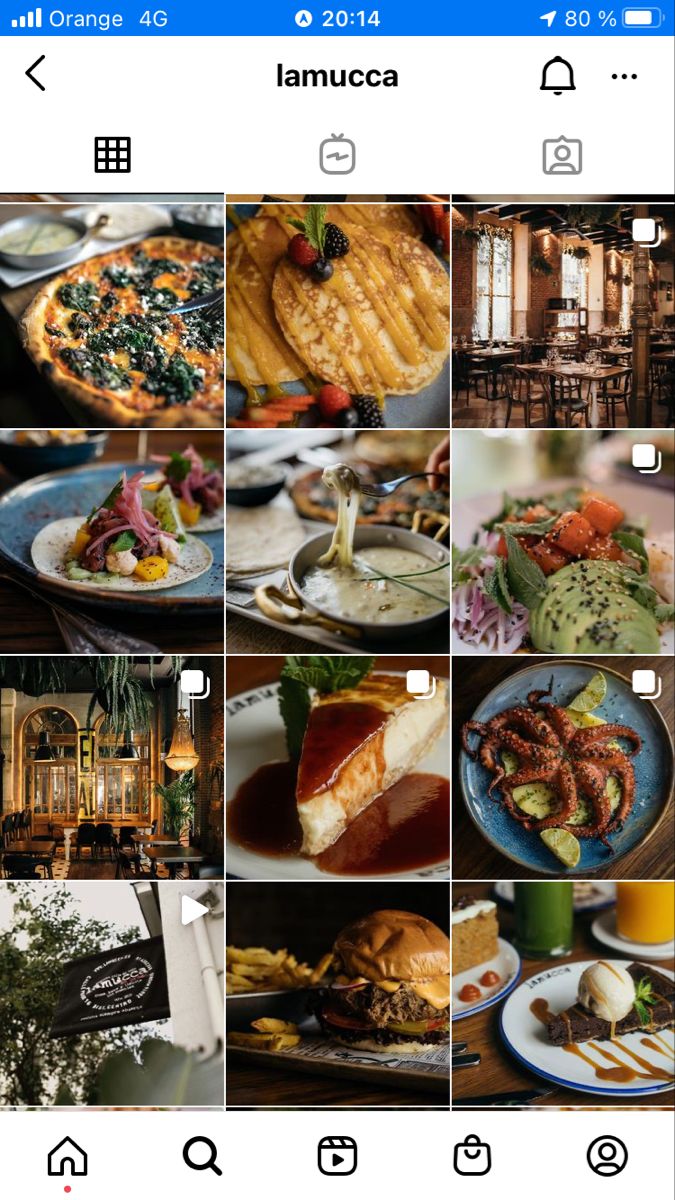In today's competitive dining industry, a well-crafted marketing plan is essential for any restaurant aiming to enhance its visibility and attract more customers. A comprehensive marketing strategy encompasses various aspects, from digital presence to community engagement, ensuring that every potential customer touchpoint is optimized. Here's how to develop an effective marketing plan for your restaurant:
Understanding Your Market
Before diving into specific tactics, it’s crucial to understand the market dynamics:
Target Audience: Identify who your customers are, their preferences, and dining habits.
Competitors: Analyze what other local eateries are doing and what makes your restaurant unique.
Key Components of a Restaurant Marketing Plan
Branding: Ensure that your restaurant's brand, including logo, menu design, and overall aesthetic, communicates your unique value proposition clearly.
Website and SEO: Develop a professional website that is easy to navigate, with high-quality photos and an online reservation system. Optimize the website for search engines to improve visibility.
Social Media Presence: Engage with customers on platforms where they spend the most time, like Instagram and Facebook. Share behind-the-scenes content, special offers, and menu updates to keep your audience engaged.
Email Marketing: Build a mailing list to inform subscribers about special events, promotions, and new menu items. Personalization can increase open rates and customer retention.
Local SEO and Google My Business: Optimize your Google My Business profile by updating contact information, hours, and regularly posting updates to improve local search visibility.
Partnerships and Collaborations: Partner with local businesses and influencers to expand your reach. Hosting joint events or offering co-branded products can draw in new customers.
Community Engagement: Participate in community events or sponsor local sports teams to increase local visibility and goodwill.
Customer Reviews and Feedback: Encourage satisfied customers to leave positive reviews online. Address any negative feedback promptly and professionally to maintain a positive reputation.

Implementing the Marketing Plan
Set Clear Objectives: Define what you hope to achieve with your marketing efforts, such as increasing dinner service by 20% or growing your social media followers by 500.
Allocate Budget: Determine how much you can spend on each aspect of your marketing plan.
Track and Adjust: Regularly review the performance of your marketing initiatives and adjust your strategies based on what is most effective.

Example: Bella’s Italian Bistro
Consider Bella’s Italian Bistro which implemented a successful marketing strategy. They revamped their branding, launched a new website, and started a monthly email newsletter. Additionally, they engaged with the local community by participating in food festivals. These efforts resulted in a 30% increase in customer traffic within six months.







Sylvia Liang-Ron Group
86-18098163178
sales19@rongroup.co
